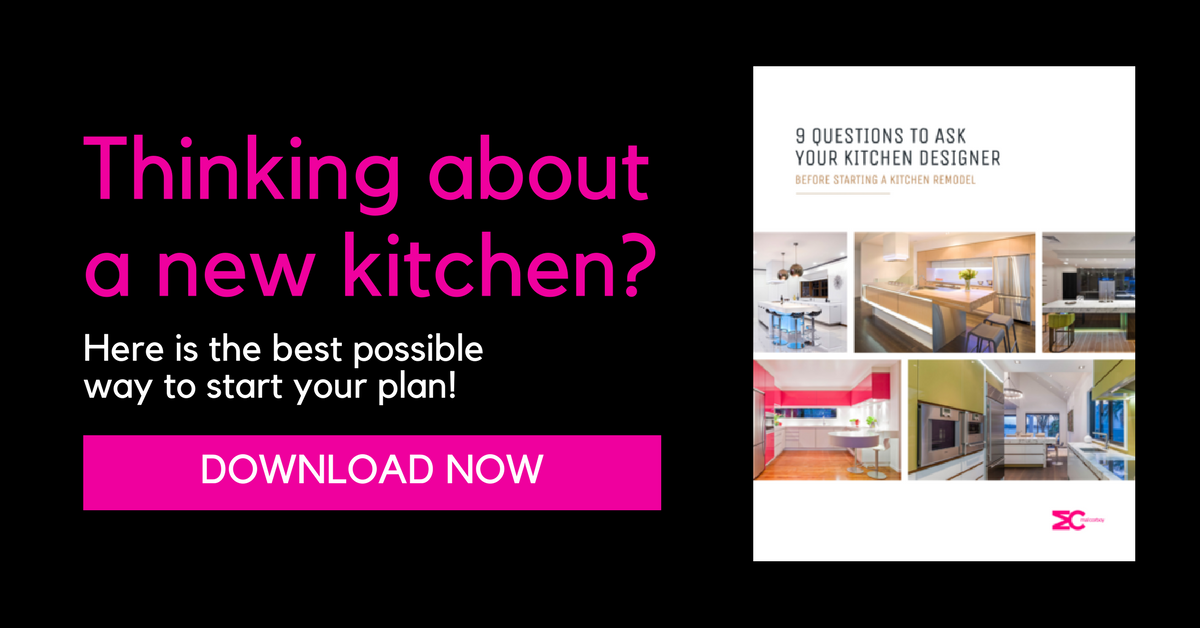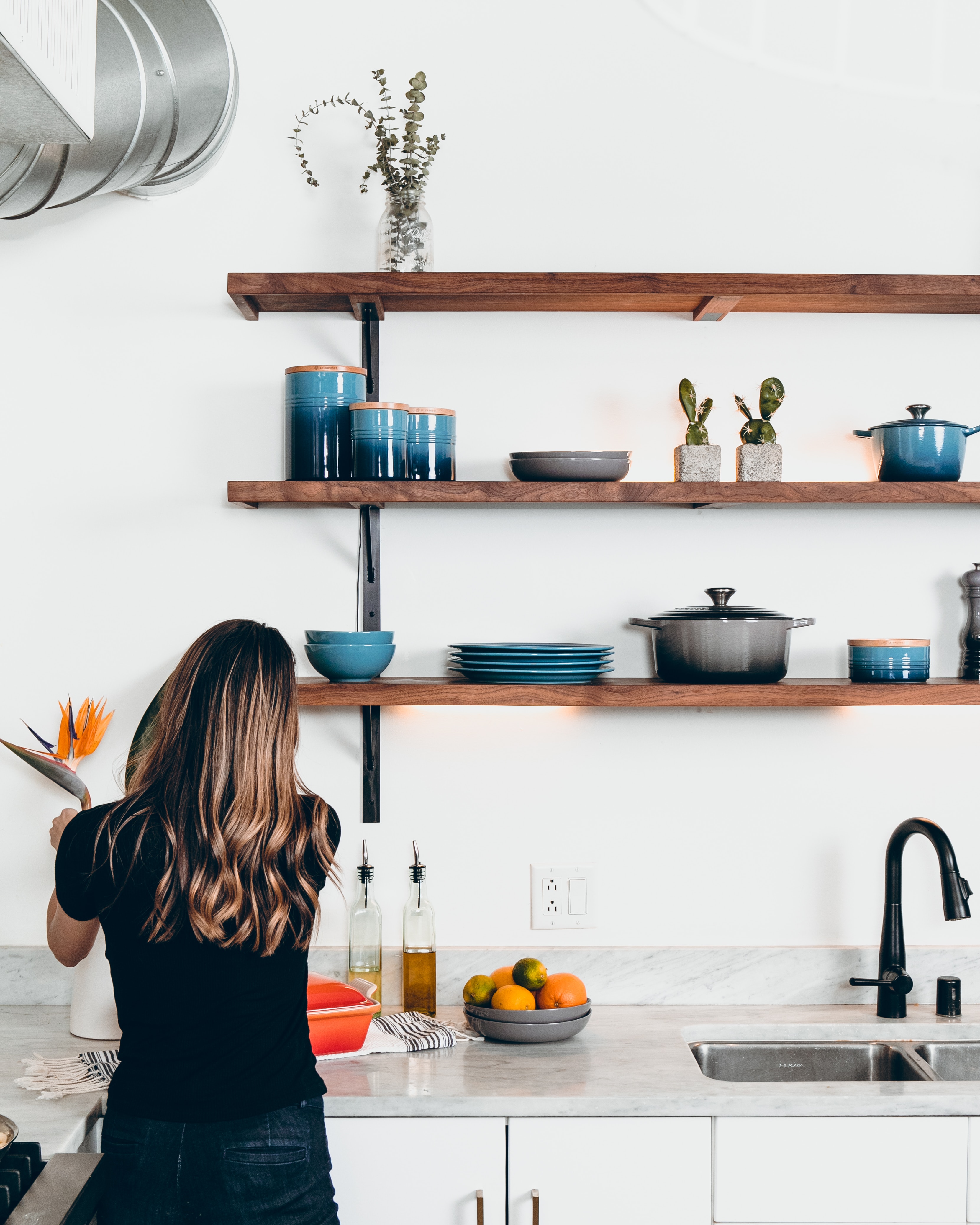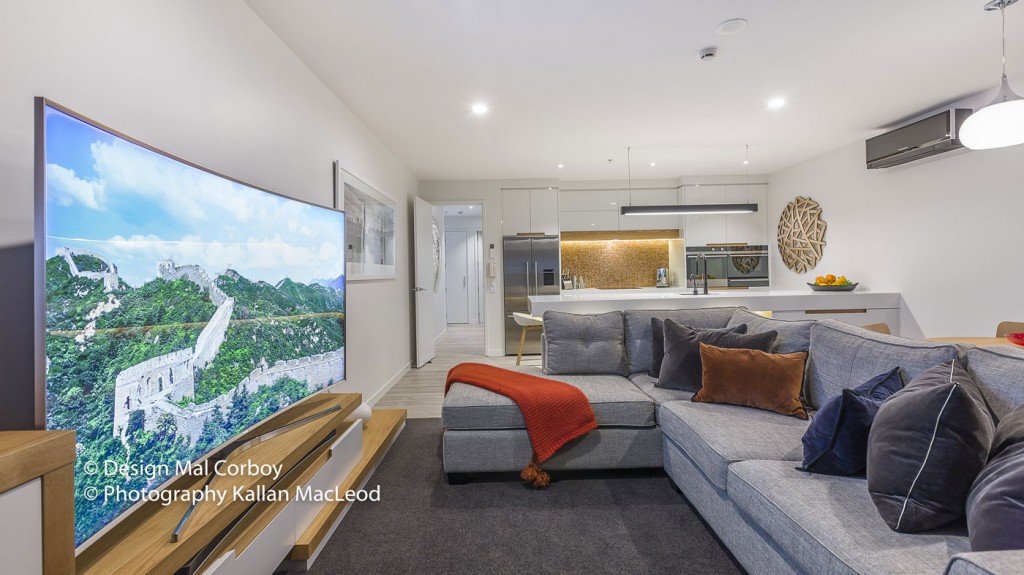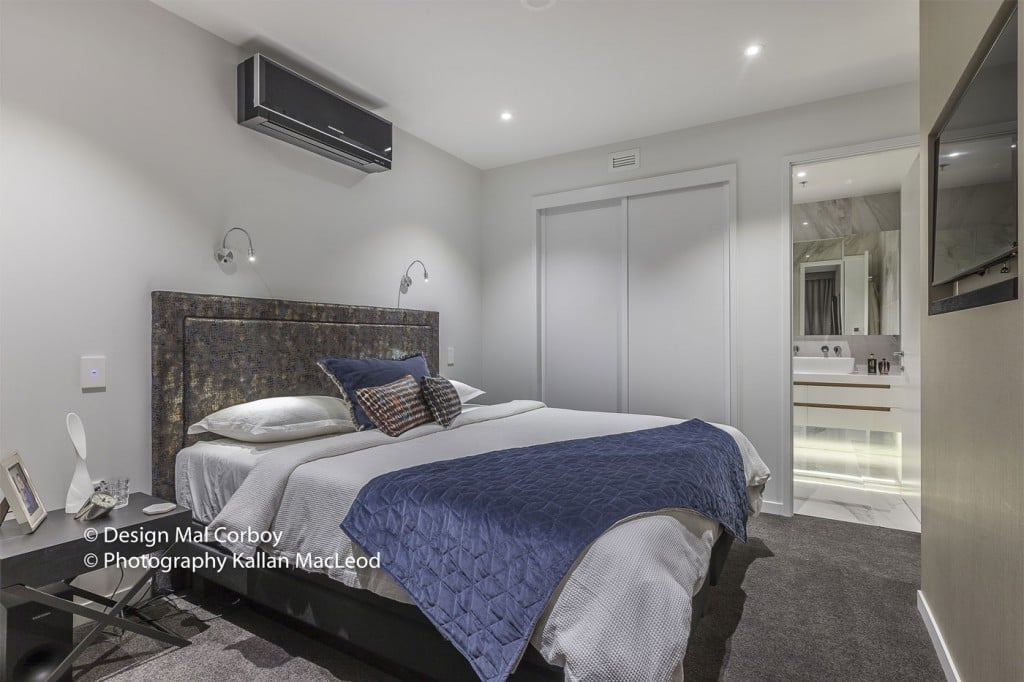When it's time to re-design your kitchen, one of the first things you're likely to wonder about is cost. Regardless of how large or small your budget is, cost determines what you're able to do in the kitchen space and helps you understand how much leeway you have to get creative.
If you've worked with interior designers before, you'll know that there is some difference in how each designer charges for a kitchen remodel project. While some designers charge by the hour, others charge on a per project basis. Determining which option is best for you, and understanding which method your designer of choice favors will go a long way toward allowing you to better plan your kitchen remodel and come out on the other side without budget overages.
How Interior Designers Charge
Depending on where an interior designer works, how involved the kitchen design is, and how much experience the designer has, there is a significant amount of variation in the way these designers charge for their services. Most commonly, designers utilize a series of fee structures in their services and typically base their charges on variables such as location, demand, job scope, and products used. While there is no one-size-fits-all rule for how a designer will charge, these are the most common fee structures:
Fixed rates: During a flat rate project, the designer will provide an estimate to cover the entire cost of the project, including materials, labor, and subcontractor fees. These flat fee proposals may not include reimbursement for out-of-pocket expenses the designer incurred while working on the project. They do, however, typically include the designer's work, from conceptual development to the end of the installation process. Whether a designer uses a fixed rate structure depends on their personal preference and experience in the field.
Hourly rates: If you find a designer who charges an hourly fee, you can expect that the job will be billed based on the amount of work the designer does. Typically, the designer will use some program to log billable hours and will provide you with an invoice for all hours worked at the end of the project, or at several points throughout the installation.
By the square foot: Although this is not the most common fee structure interior designers use, some professionals may choose to build a kitchen design project according to the square footage of the project.
Determining Fee Structure with Your Kitchen Design Specialist
Before you dive into a kitchen design project with your interior designer, you'll want to determine how, exactly, the designer intends to charge for his or her services. This is important for several reasons. First off, you risk getting in over your head financially if you don't understand the designer's fee structure. Secondly, having a clear understanding of costs and fees upfront allows both you and the designer to plan the project more efficiently. Finally, working with a designer who takes the time to develop detailed fee proposals is a sign that you've found a true professional and increases the likelihood that your kitchen design project will turn out the way you'd like it to.
To understand how your designer intends to charge for your project, set up a meeting dedicated solely to discussing fee structure. When you exit the meeting, you should have a clear understanding of your designer’s preferred method of billing, collection, and time logging. This will allow both you and your designer to proceed into the job with clear expectations and understand fully how much the project will cost.
What’s the Best Fee Structure for Your Kitchen Design?
Although there is no "right" or "wrong" way for designers to charge for their services, it stands to mention that each approach has its pros and cons. In some projects, a designer that charges by the hour can be more affordable, especially if the project is short and relatively straightforward. Because of this, an hourly designer may be a good idea for projects running on a tight budget, or those that only require a minimal amount of work.
If you're undertaking an entire kitchen remodel, though, or you have a larger budget and require more attention to detail and precision, you may be better off finding a designer who will charge a flat rate for the projects, since this will allow you to plan your budget accordingly.
Regardless of what your kitchen design project looks like, understanding how your designer structures his or her fee scale is a critical part of developing an ongoing relationship with your kitchen design professional.
Struggling to find the perfect designer for your upcoming kitchen remodel? Contact us today to learn more about working with our skilled team!





